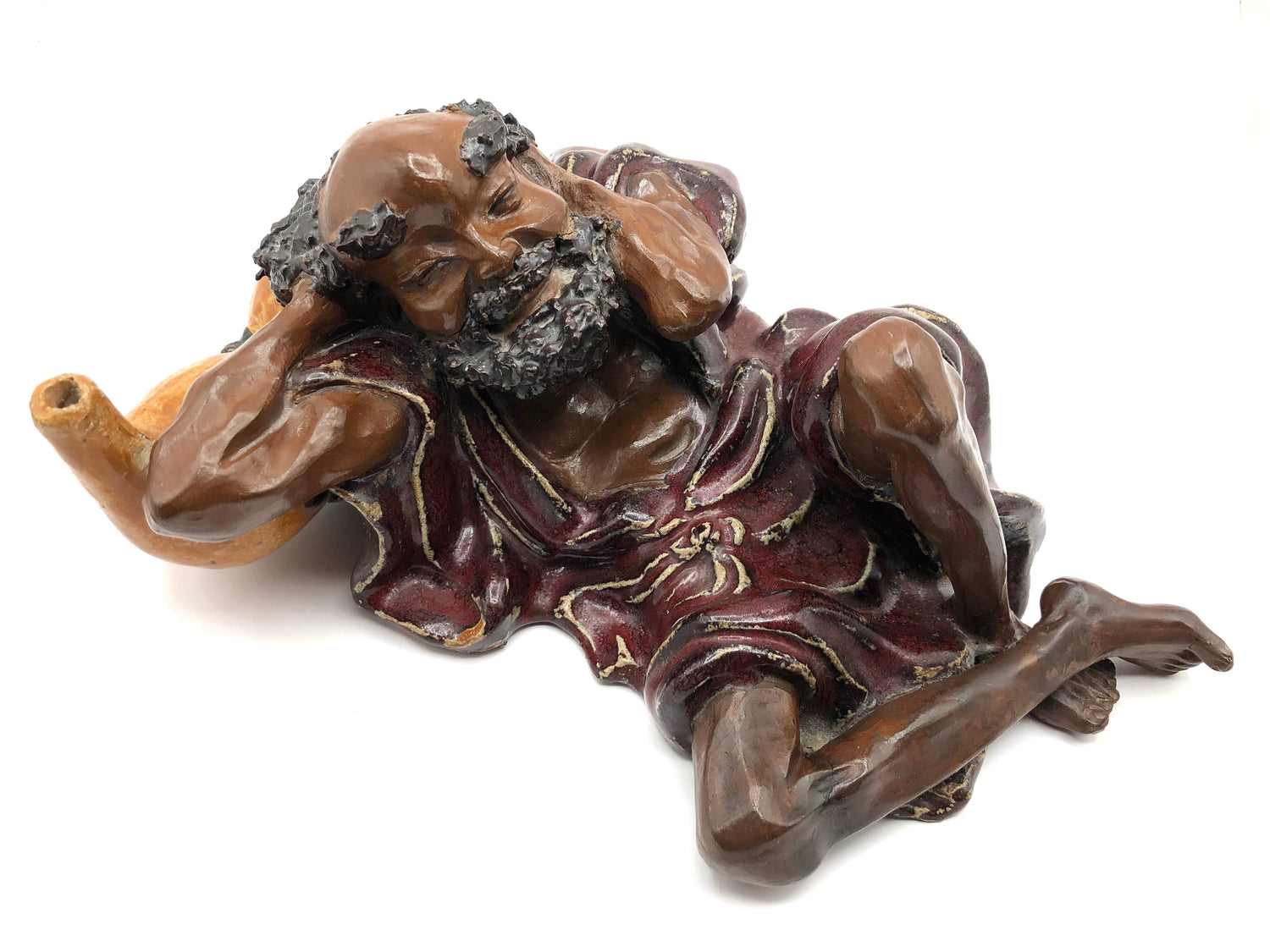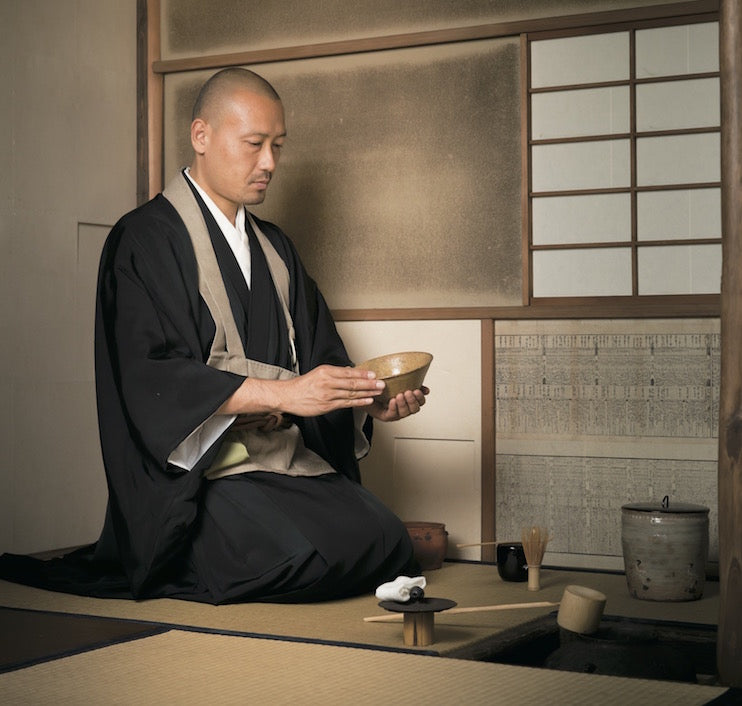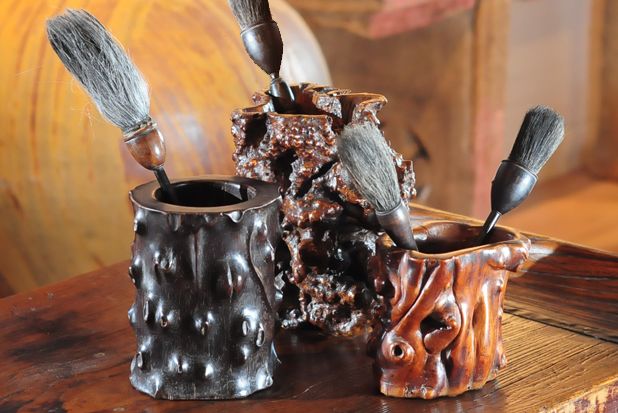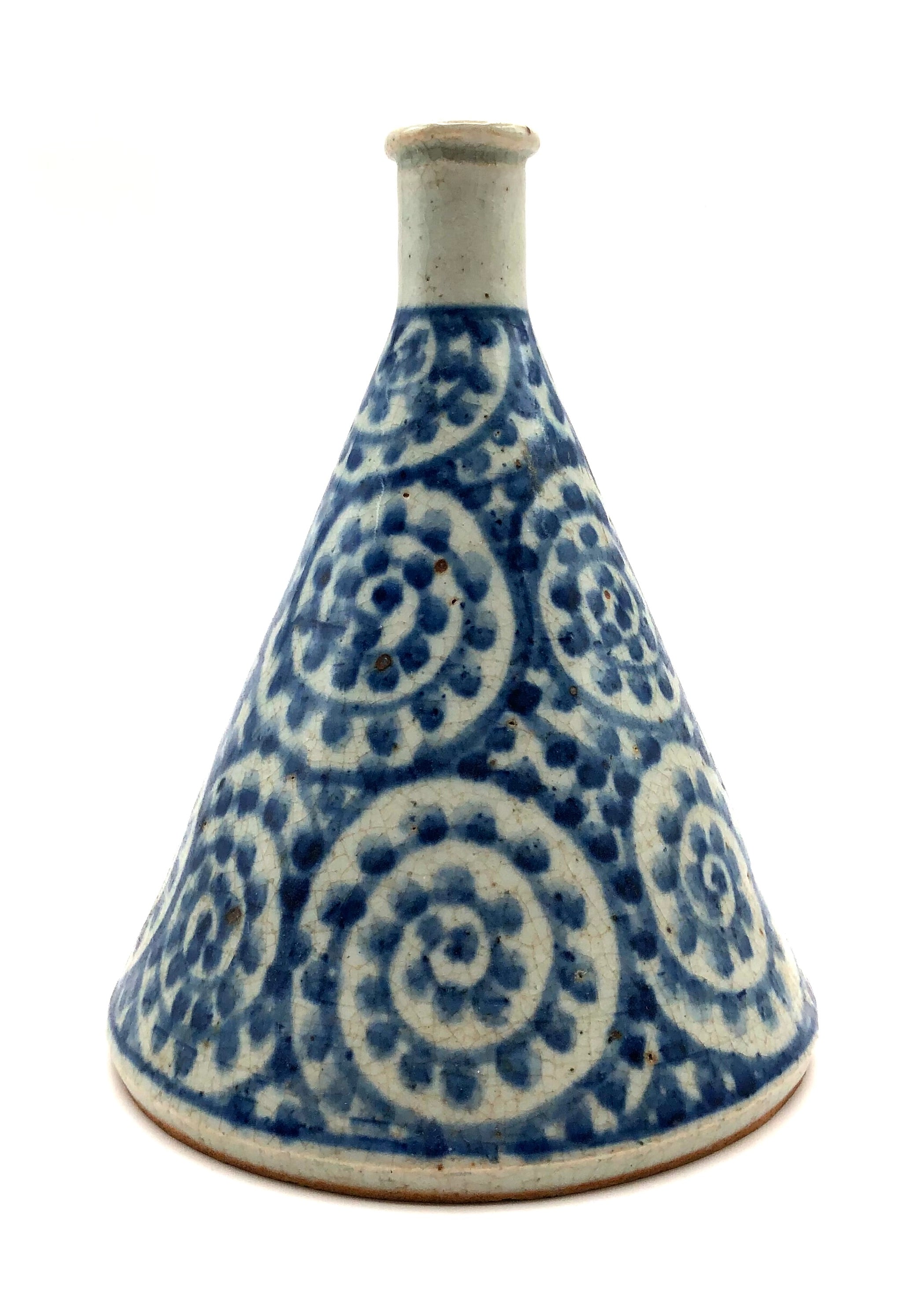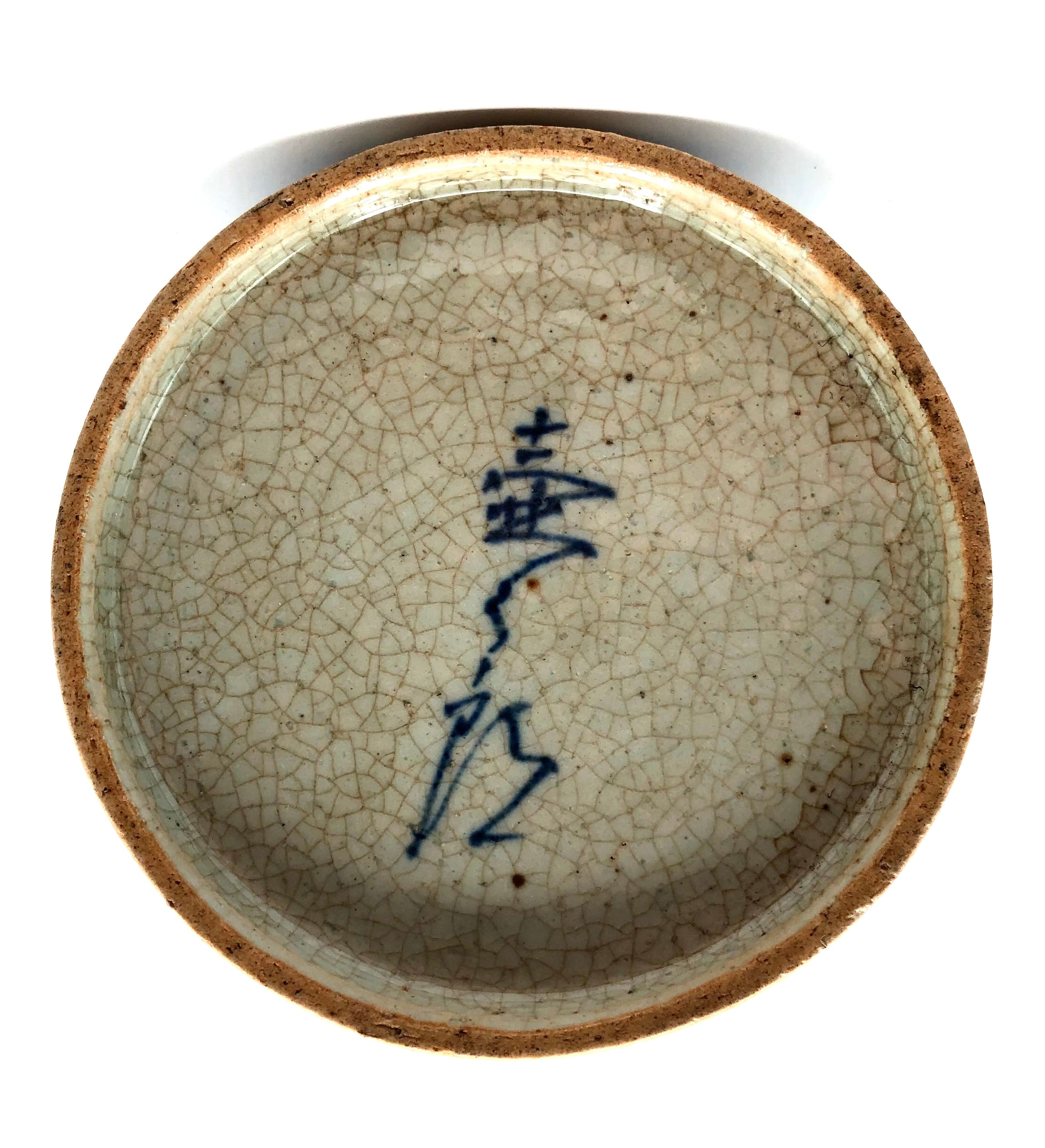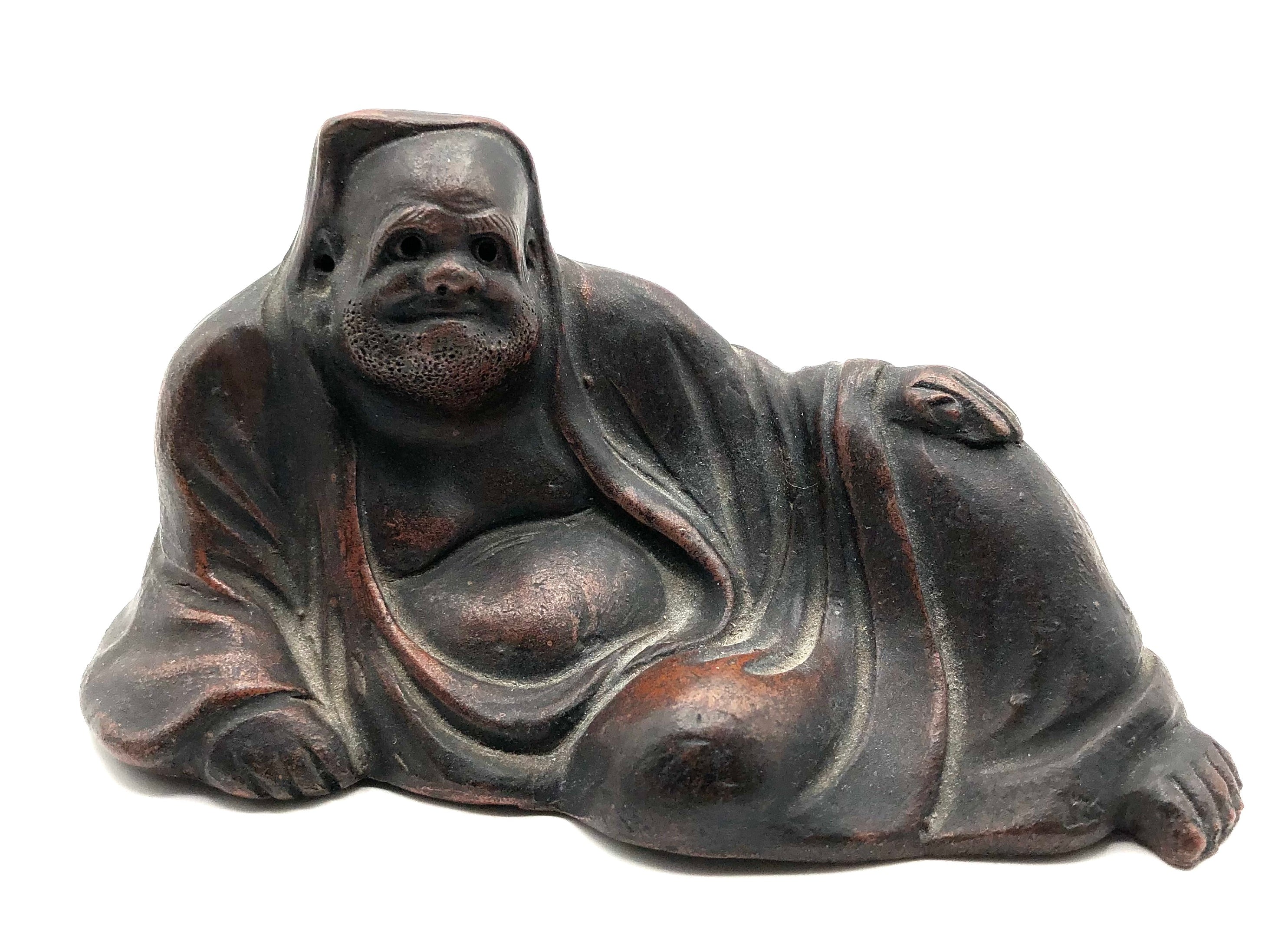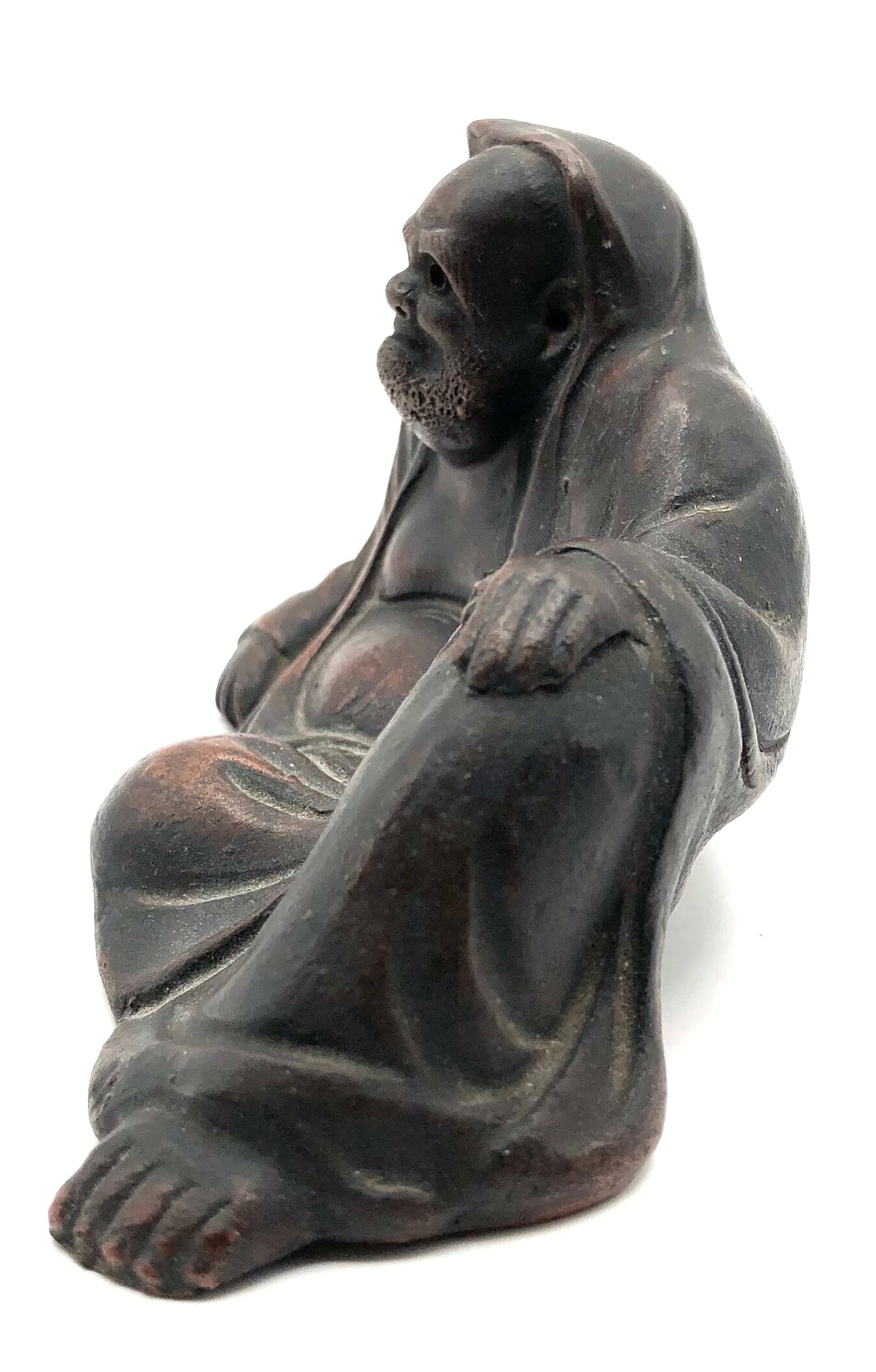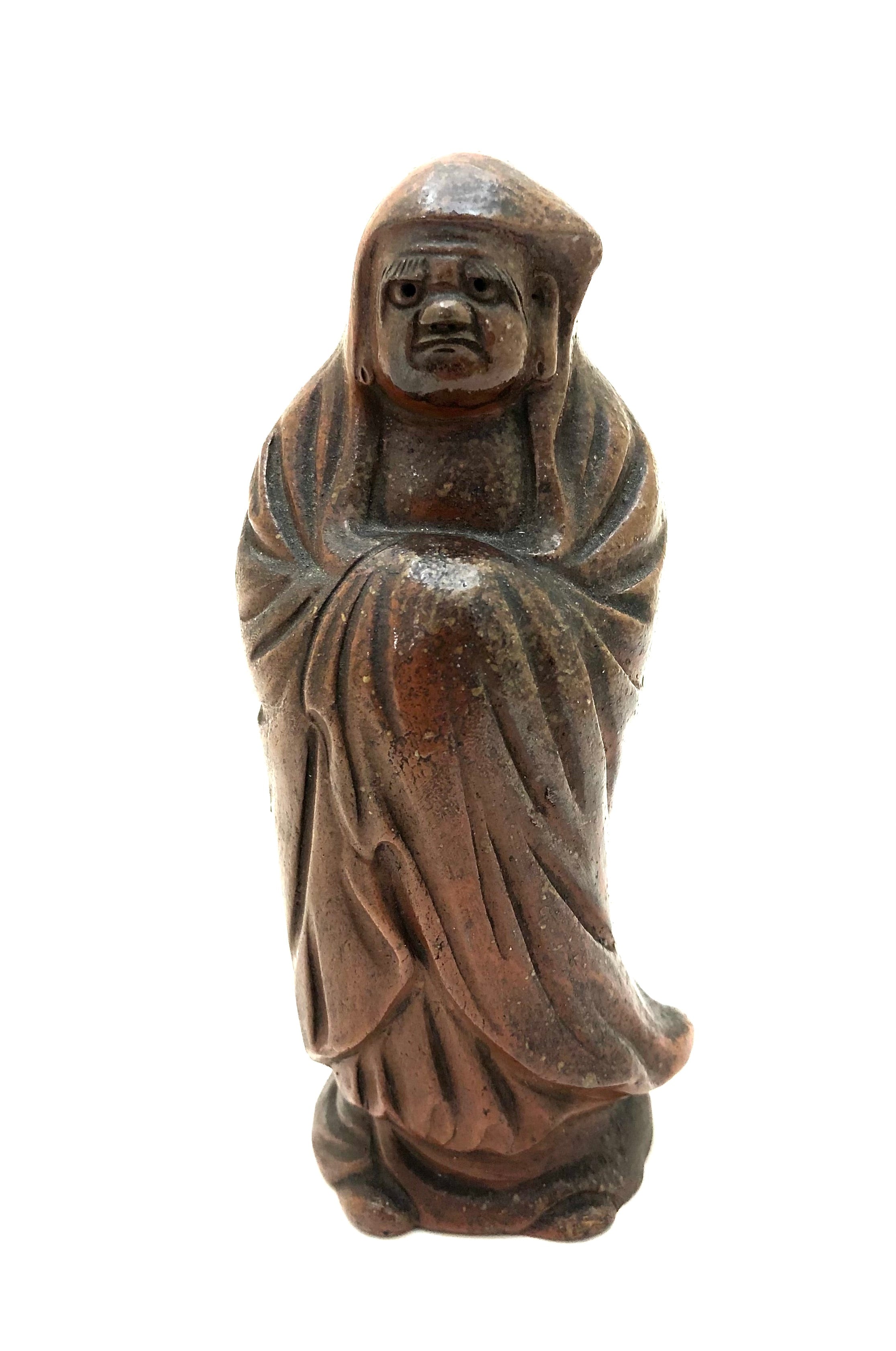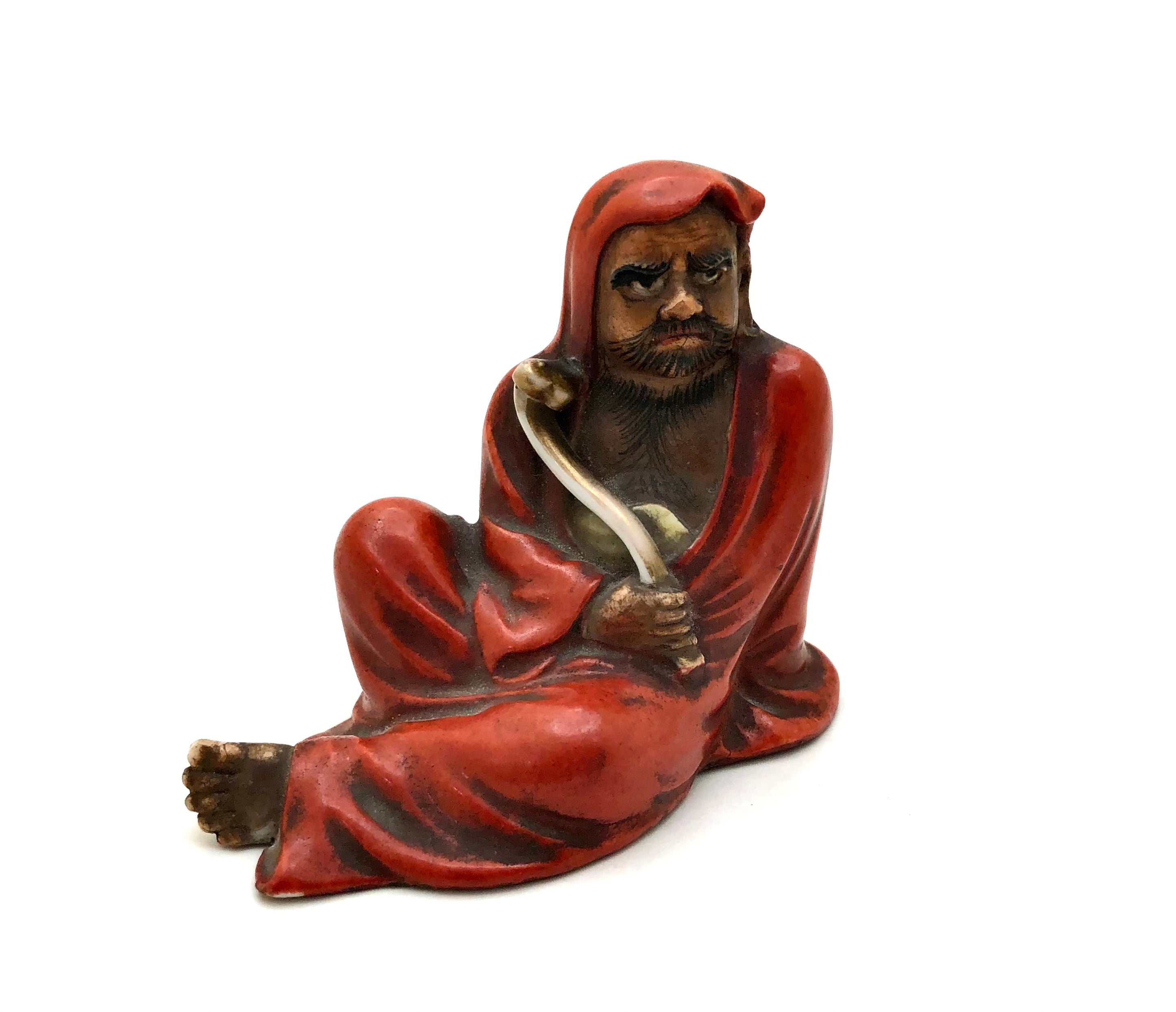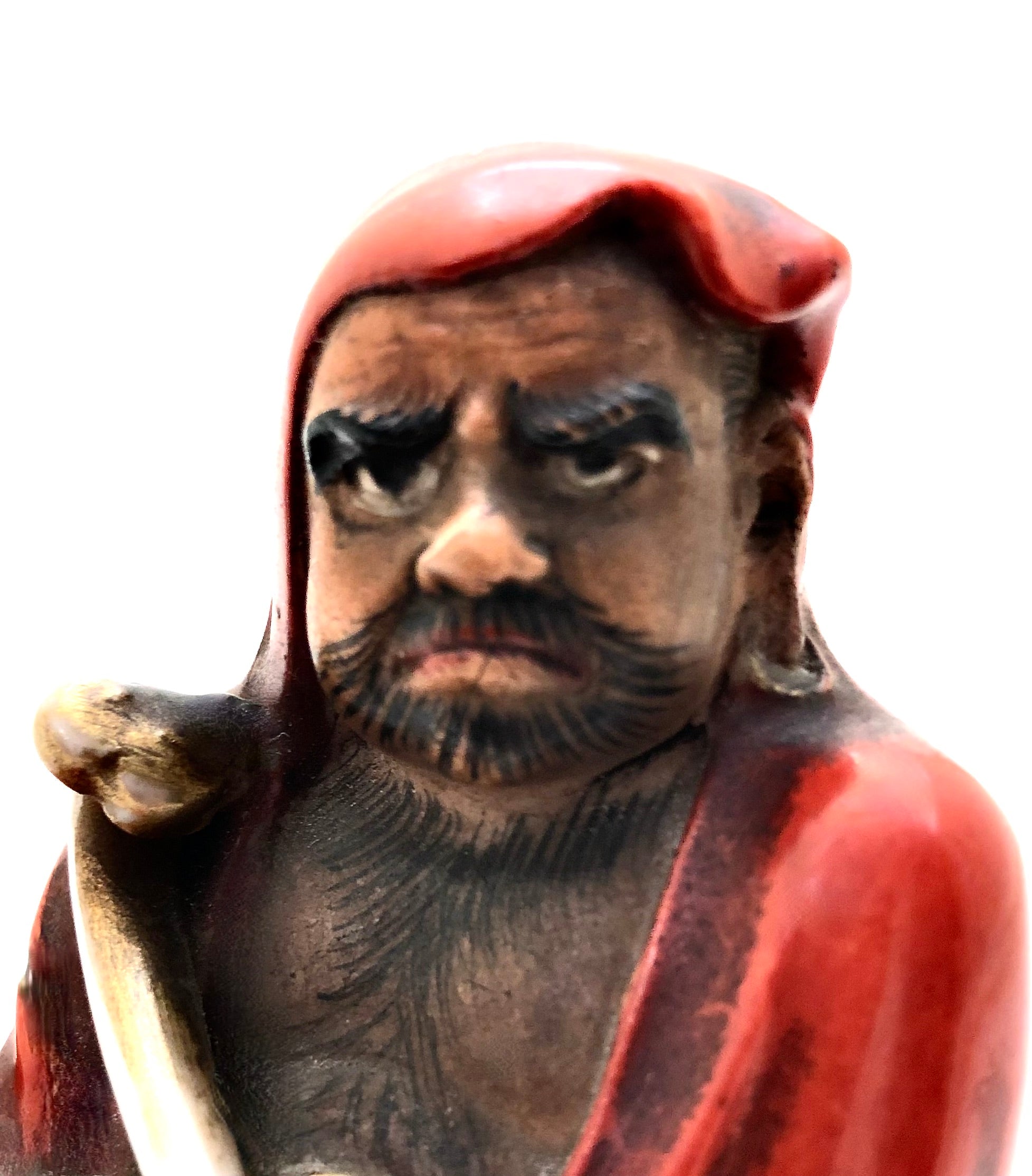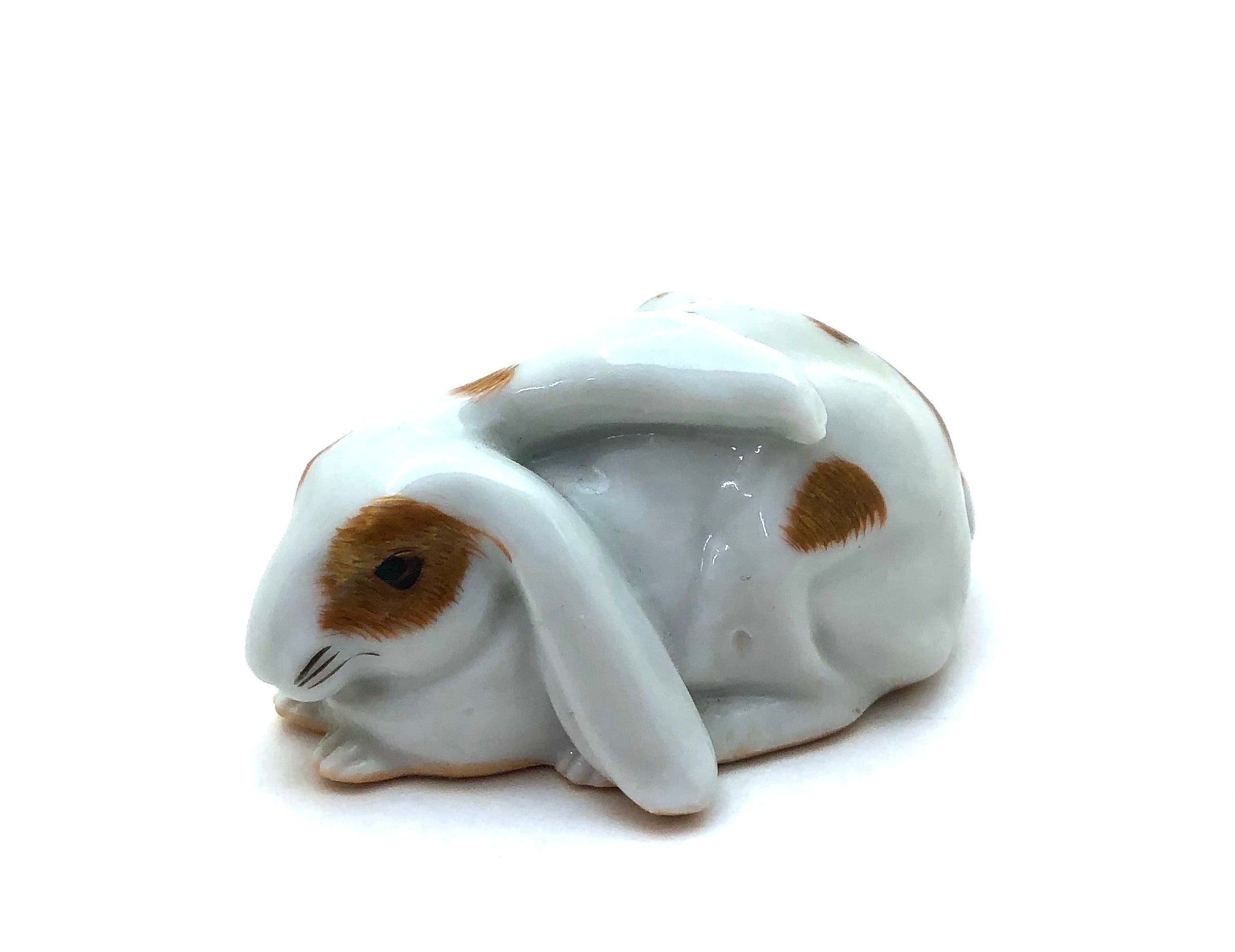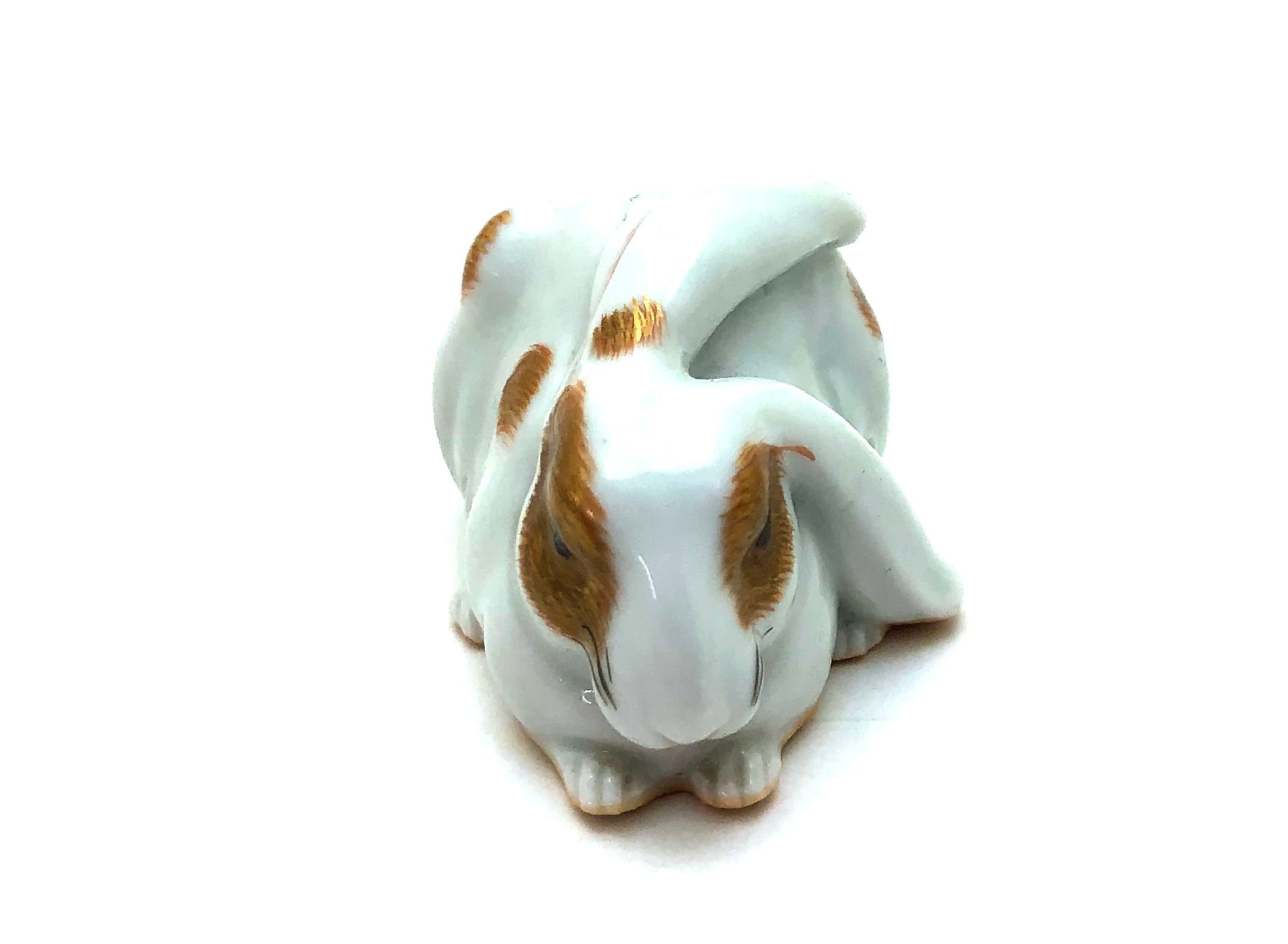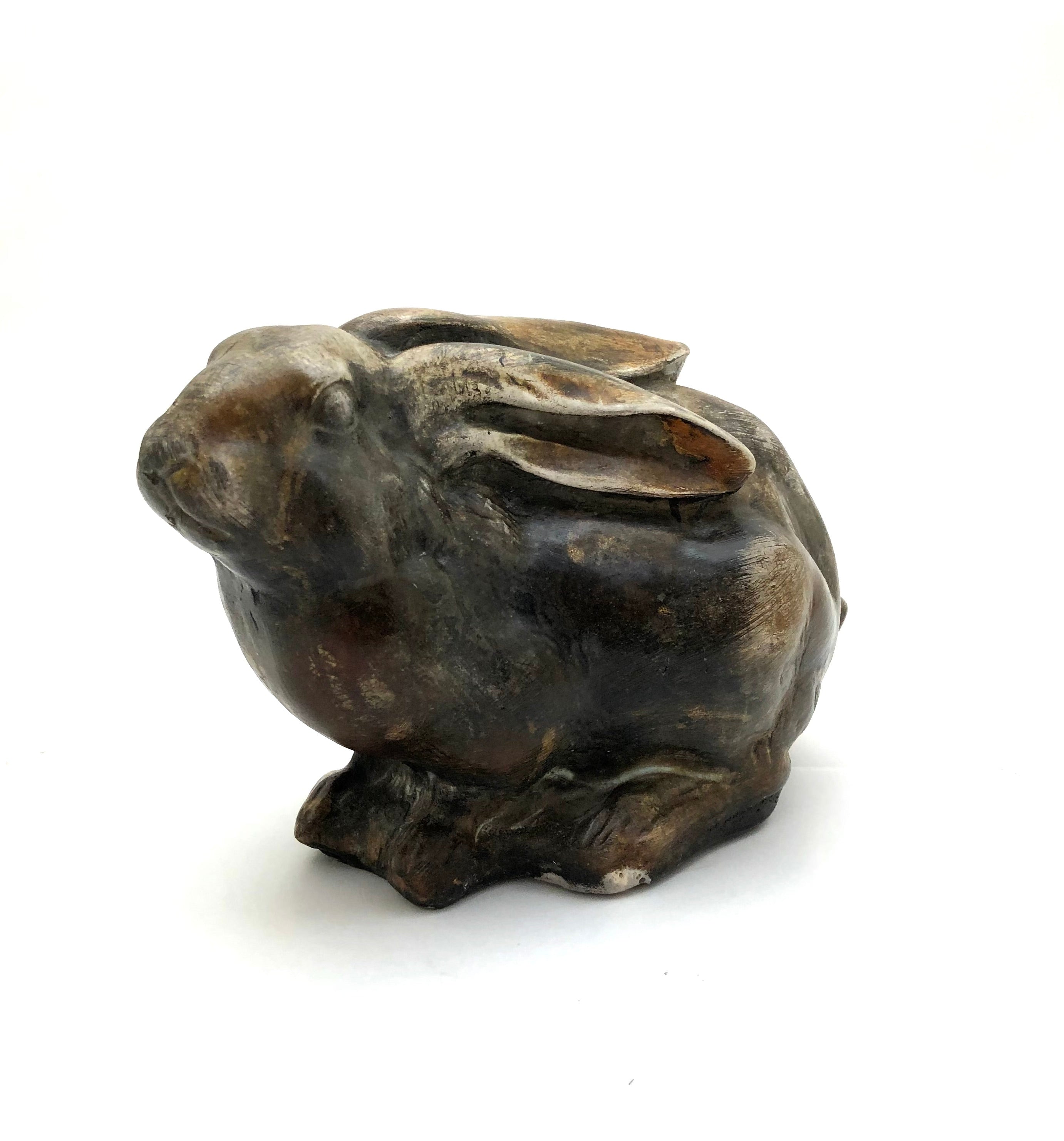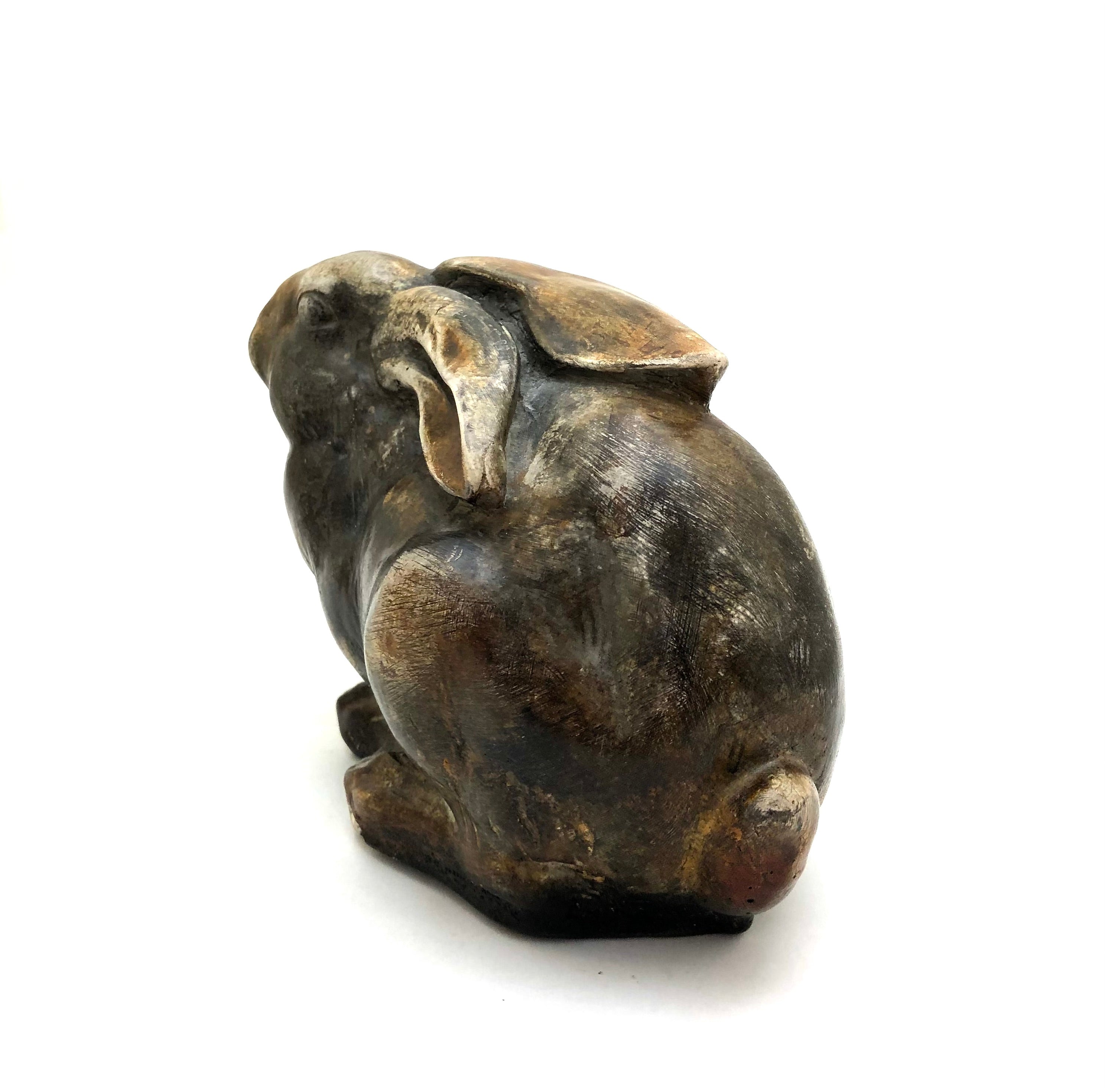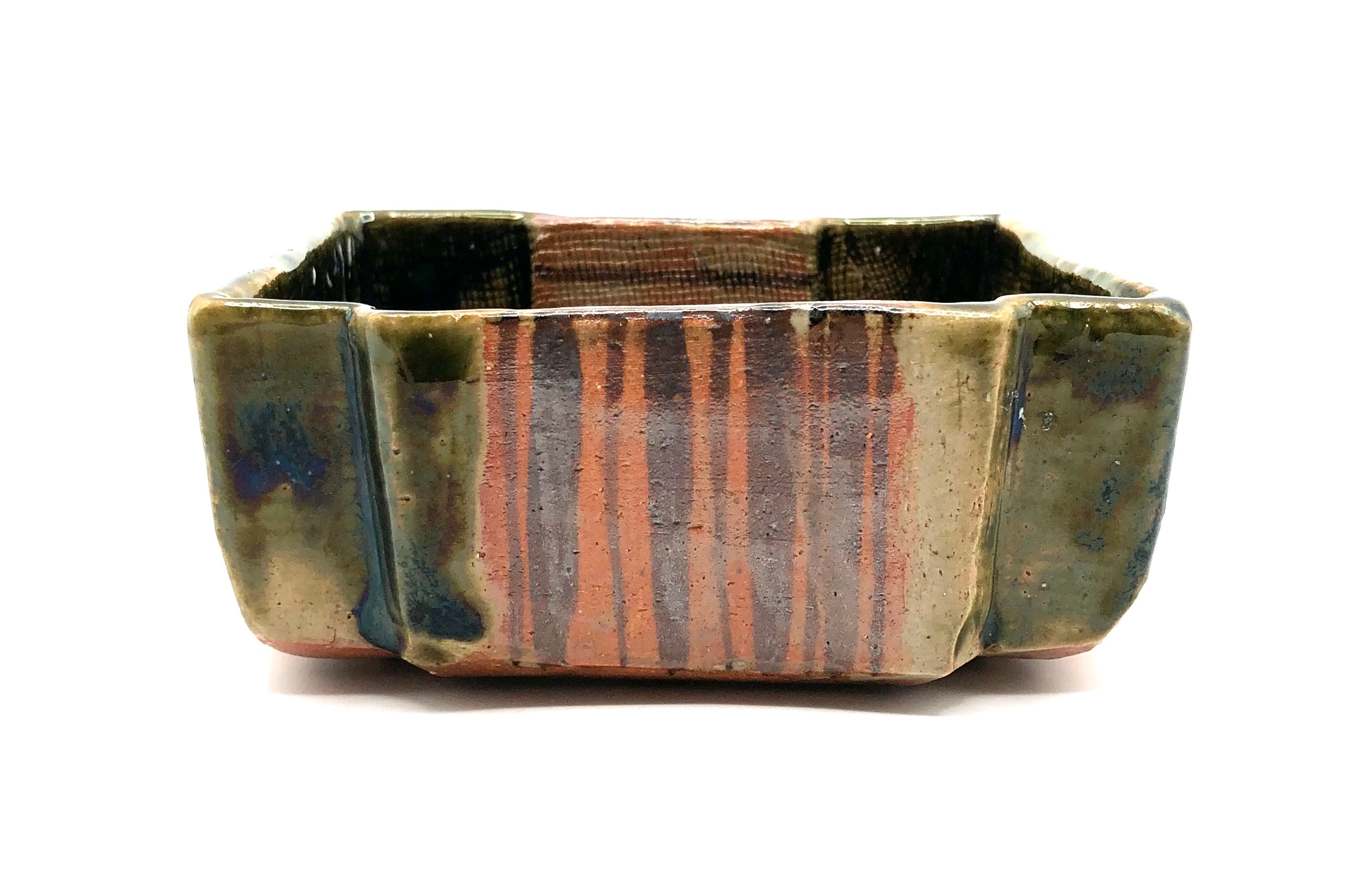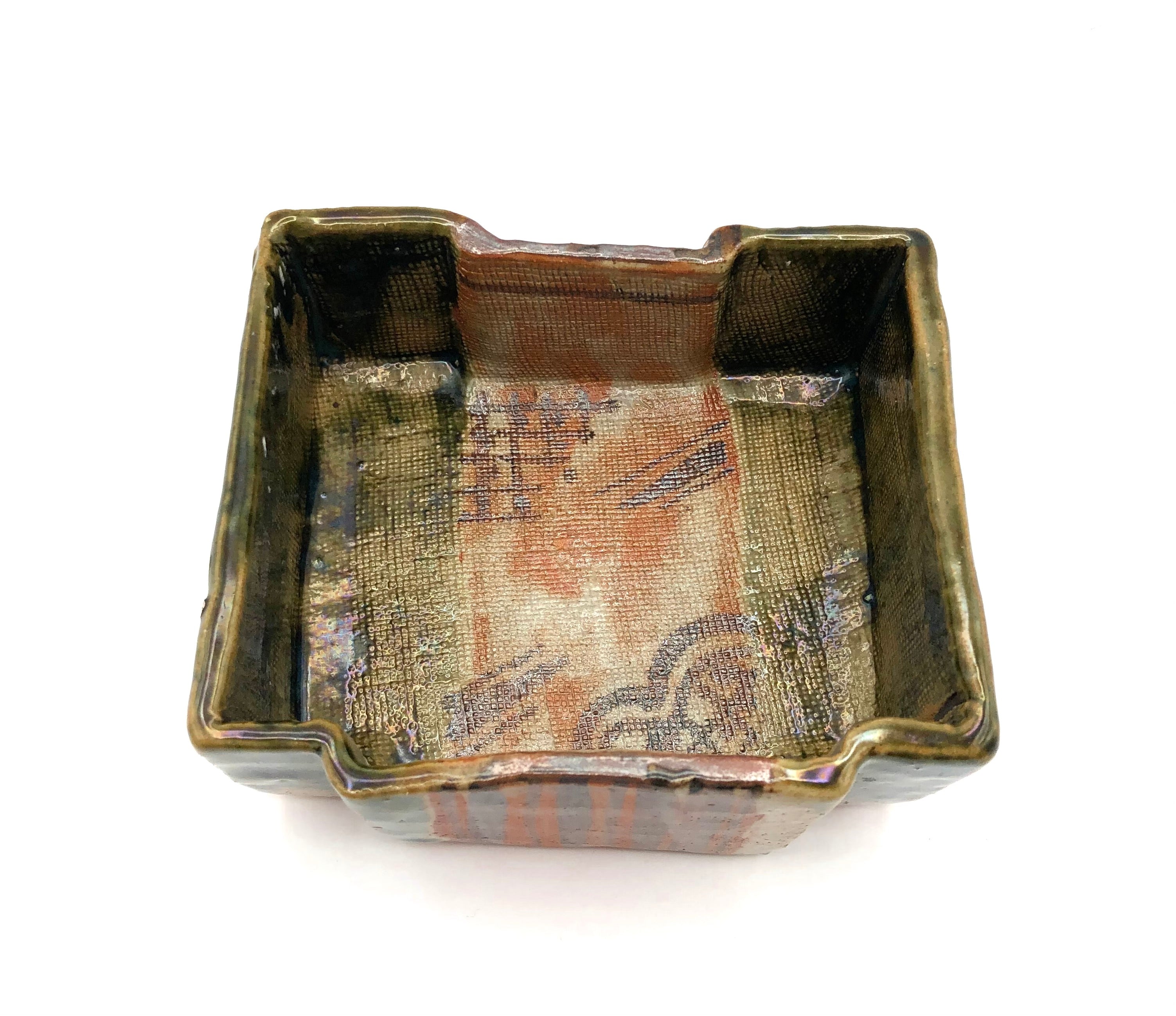Importance and Poetic Appreciation
Chinese Shiwan Ware
Shiwan Art Pottery, also known as Shekwan ware, is an important part of the Chinese traditional culture. Ceramic wares have a long history of reflecting the customs of this ancient culture. This particular type of ceramics had a very cultural and religious element to their overall design. Shiwan ware has been the shining star in Chinese folk ceramic art as early as the Tang and Song Dynasties (618-906AD), and flourished in the Ming and Qing dynasties. Shiwan craftsmen are well-known for their glazing techniques and unique forms, (all hand-formed), and involves numerous family members within a village. While directed by a master craftsman, every object is unique, and therefore, a limited edition. Most of the National Master pieces and Museum pieces exhibiting superlative and delicate craftsmanship have been collected by national museums and collectors all over the world. These include lively earthen figures and animals which have been granted the National Golden Metal and the Quality Product Medal of Guangdong Province, (Cantonese craftsmen). Original Shiwan figurines (1880-1940), as shown here, are extremely rare because of the art/craftsmanship and their delicate, fragile nature. The greater the detailing, the more likely the figure has been made by a master artist, hence the higher value. The Shiwan style is free, unpretentious, and shows a spontaneous, direct vision, which is typical of unsophisticated art.


The greater the decorative elements along with each figure's head appears to be unique, showing a variety of facial features and expressions as well as hair styles, the more likely the figure has been made by a master artist, hence the higher value. The age of Shiwan ware can be verified by the markings; or lack of markings, the primitive sculpting techniques; the type of regional clay, (sandy, coarse clay is the oldest); and the stylistic differences and the deep, rich glazes infused with the piece are all identifiable characteristics of these original figures. Shiwan pottery is a very important Cantonese art form, and because of its naturalness, rustic charm, and usefulness, it has been called the ceramic art of the people. One of the most famous types of ceramic works, Shiwan ware, has been the shining star in Chinese folk ceramic art which flourished in the Ming and Qing dynasties. Most of the national masterpieces and major pieces exhibiting superlative and delicate craftsmanship, have been collected by national museums and collectors all over the world. They have been granted the National Golden Medal and the Quality Product Medal of Guangdong Province, (Cantonese craftsmen). From late Ming until the late Qing dynasty, the products often bear the signature, seal or mark of the artist, or workshop, who was widely acclaimed and highly honored.
Chinese classical Shiwan ware is a type of traditional pottery that comes from the talented artists of a small town located in the south of China called Shiwan, in Foshan City, famous for its culture and pottery. The beautiful earthenware figures we are offering were made by the finest workshops and distributed internally to demonstrate the wealth and power of the individual imaginations of licensed Government sanctioned artists, and only for the Chinese market.

When China open its borders to trade with East Asia during the 17th and 18th centuries it brought an influx of Chinese goods into Europe aboard ships from the English, Dutch, French, Swedish East India Trading Companies. Later in the 20th century, western visitors including Americans and silent film stars, and missionaries began to purchase reproductions which were less expressive, glazed figures at local markets and carry them home.These were referred to as ‘Chinese Mudmen’, which were mass produced figurines specifically made for export. The majority of these figures were not marked and made in homage to the great era of Chinese pottery making.


